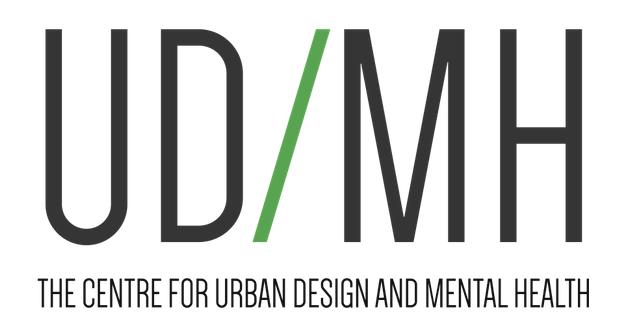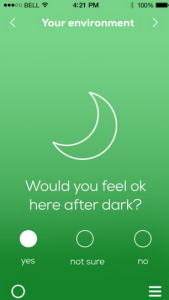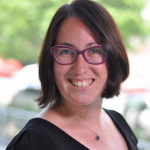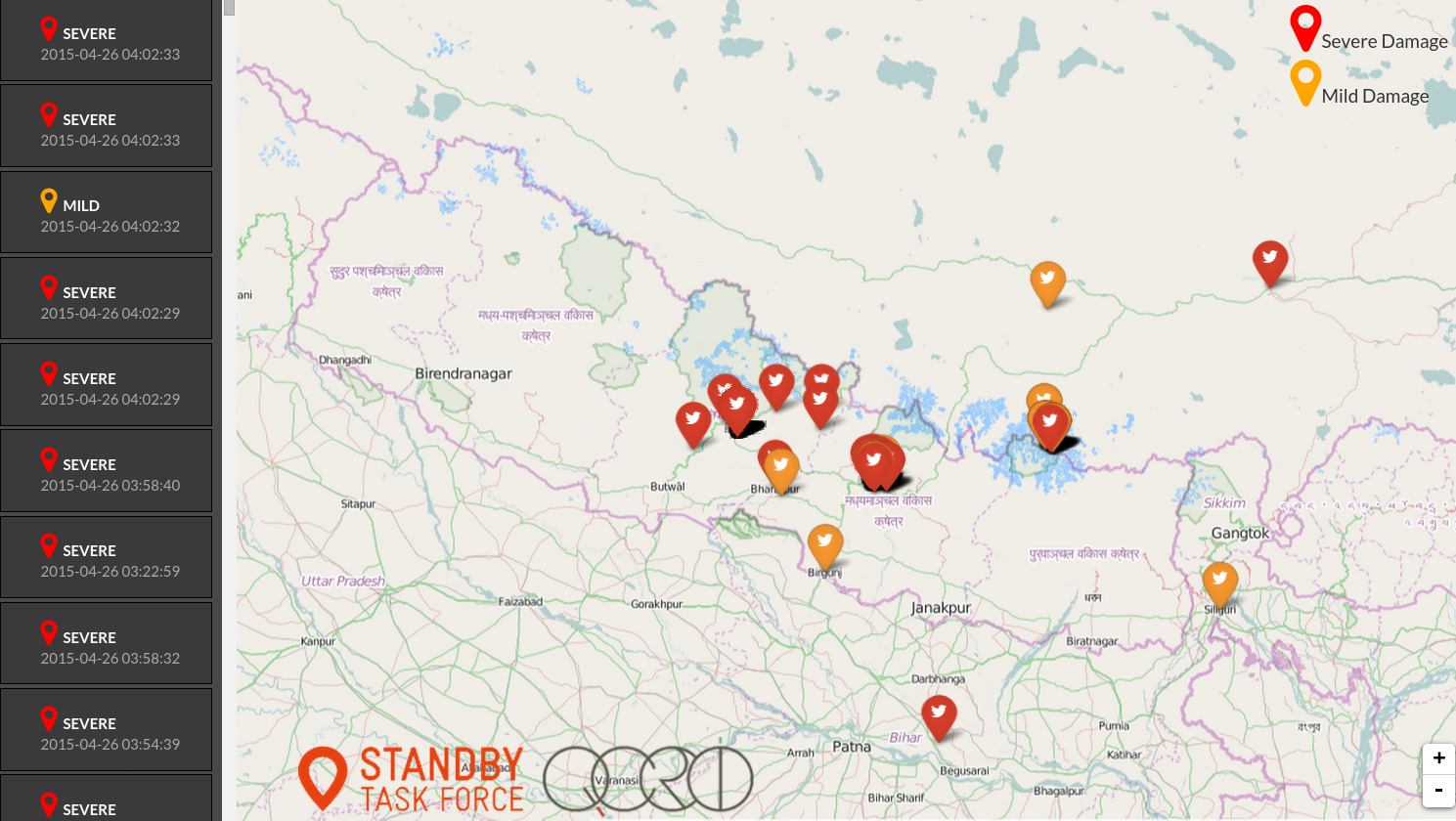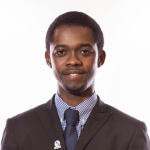TechChange alumni are always doing amazing things. They have launched mHealth apps to help with HIV prescriptions in South Africa, started mapping projects for maternal health in Ghana and more. Today, we feature an alumna from our Mapping for International Development course, Dominique Narciso!
Since taking our course last year, Dominique has gone on to found her own mapping platform, AidWell. We caught up with Dominique to hear more:
Tell us about AidWell
D: AidWell is a crowdsourced mapping and collaboration platform that would make it easy and simple to know the development stakeholders within a given issue area, such as youth development or water.
What inspired you to start AidWell?
D: During my time at Georgetown’s Master of Science in Foreign Service Program, I began to see the emerging trends in international development, where new players were growing in influence and new types of innovations were being implemented across the globe. I thought to myself, what if there was a way to see how all of these organizations are connected, visually?
Then I took TechChange’s Mapping for International Development course and really saw the possibility of visualizing this information, which pushed me further to make AidWell a reality.
Why a mapping platform?
D: If you are looking to learn about what issues different organizations are working on today, there is currently no mapping tool that consolidates this type of information in an easy and user-friendly way. Right now, it is a tedious process to find that out; you may do some google searches, reach out to your networks, or laboriously look at some NGO directories.
AidWell steps in to make it easier to just see it all in one platform on a map. It would serve US-based organizations looking to make connections with local development stakeholders and for in-country organizations looking to collaborate and learn from one another.
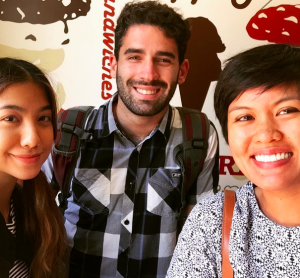 Dominique with her AidWell team
Dominique with her AidWell team
Where is AidWell right now?
D: Since starting-up, I’ve conducted a multitude of informational interviews with international NGOs, foundations, social enterprises, and donors to learn more about the need and potential viability of a mapping platform. Currently, our small AidWell team is conducting mini-experiments to understand demand and pinpoint the major challenges faced by potential users, when looking for local information of organizations.
Where do you see AidWell in a few years?
D: My vision for AidWell is to create the leading stakeholder mapping platform for the international development field, a mapping platform that opens up the possibilities for new connections and innovative ways for sharing knowledge. In the next 3-6 months, the AidWell team will be working on proving the concept, building a minimum viable product, and testing the platform in three pilot countries.
Some potential uses for this platform would include:
- A first stop for program designers and donors when gathering information to design partnerships, cross-sector collaborations, or collective impact strategies
- A resource for local organizations to see who is working on the same issues in their country, and potentially a virtual space for collaboration and learning
- A country stakeholder map service for grantmakers and implementing organizations, that inform funding and stakeholder engagement strategies
Where does AidWell fit in the bigger picture?
D: With the Sustainable Development Goals being released the end of this year, there has been lots of conversations around cross-sector collaboration and public-private partnerships. One goal that stands out in this sentiment is Goal 17: ‘Strengthen the means of implementation and revitalize the global partnership for sustainable development.’
This one goal is a sign that the way development is being done will continually change, as we reimagine the way organizations work with one another, how knowledge is shared across sectors and across borders, and how unlikely players can contribute to innovative approaches for development. I believe AidWell can be a part of this bigger goal, by helping organizations make that first step in knowing and engaging with the right organizations from day one.
Check out Dominique’s platform, AidWell here. If you would like to help with AidWell’s research and/or share ideas on mapping, please get in touch with Dom at dnarciso@AidWell.org with the title ‘TechChange: AidWell Suggestion.’
Interested in learning more about how mapping can impact social good, check out our upcoming course on Mapping for Social Good that begins on October 26, 2015.
About Dominique
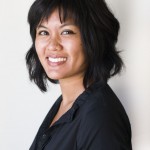
Dominique Narciso is a skilled relationship builder, creative implementer, and forward-thinking leader in the international development space. She has over eight years of experience working on community development initiatives, social enterprise, and economic development. She is the Founder of AidWell, a start-up organization working to catalyze cross-sector collaboration through a web-based mapping platform to connect and map out players in the development space. She worked at Social Impact as a Business Development Manager, designing their international processes for future business opportunities. During her service as a Peace Corps Volunteer in Costa Rica, she co-designed several youth, women, and economic development initiatives with community members and local leaders. She has a Master’s of Science in Foreign Service from Georgetown University and a dual BA from UCLA in Communication Studies and Women’s Studies.

